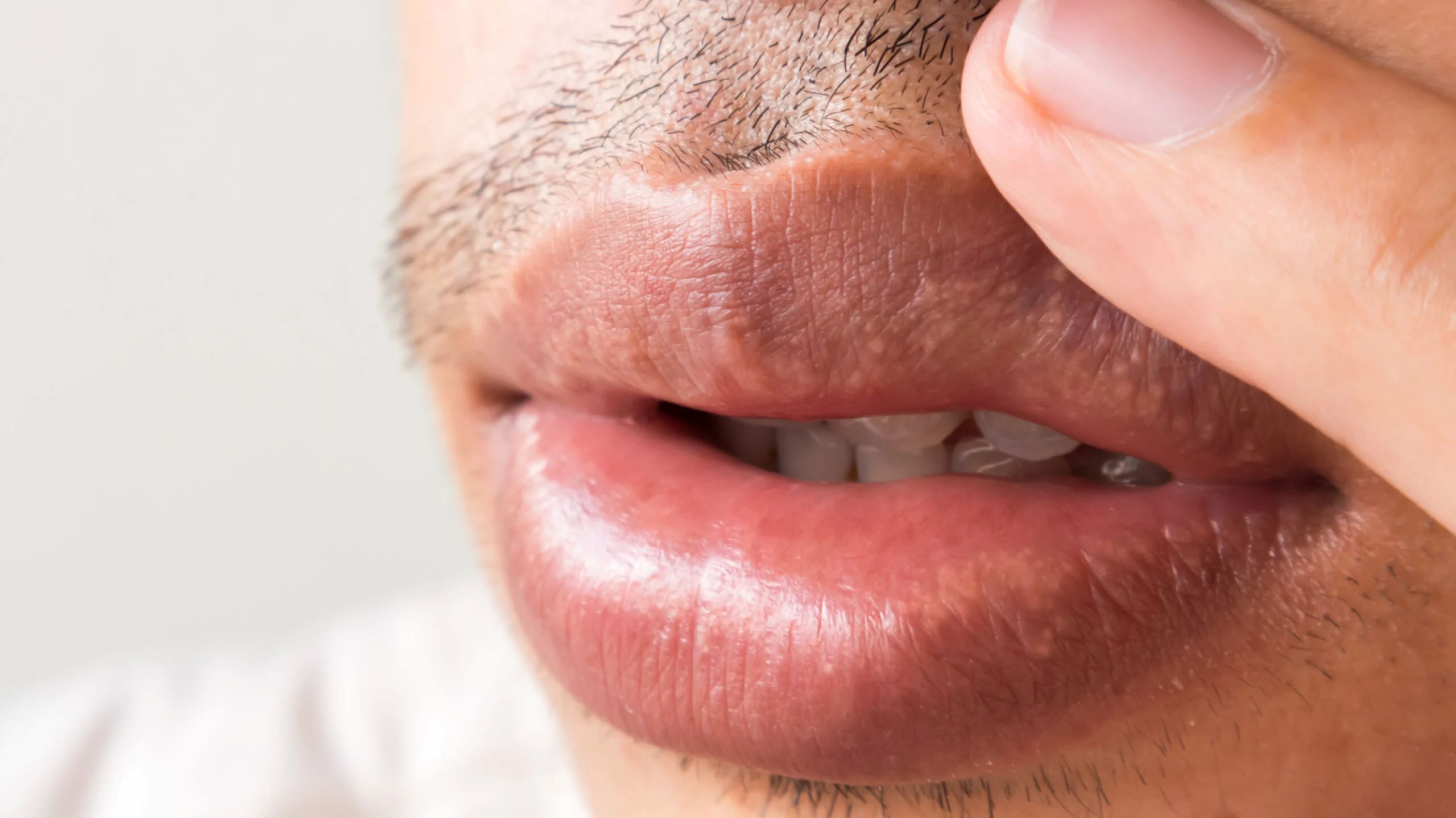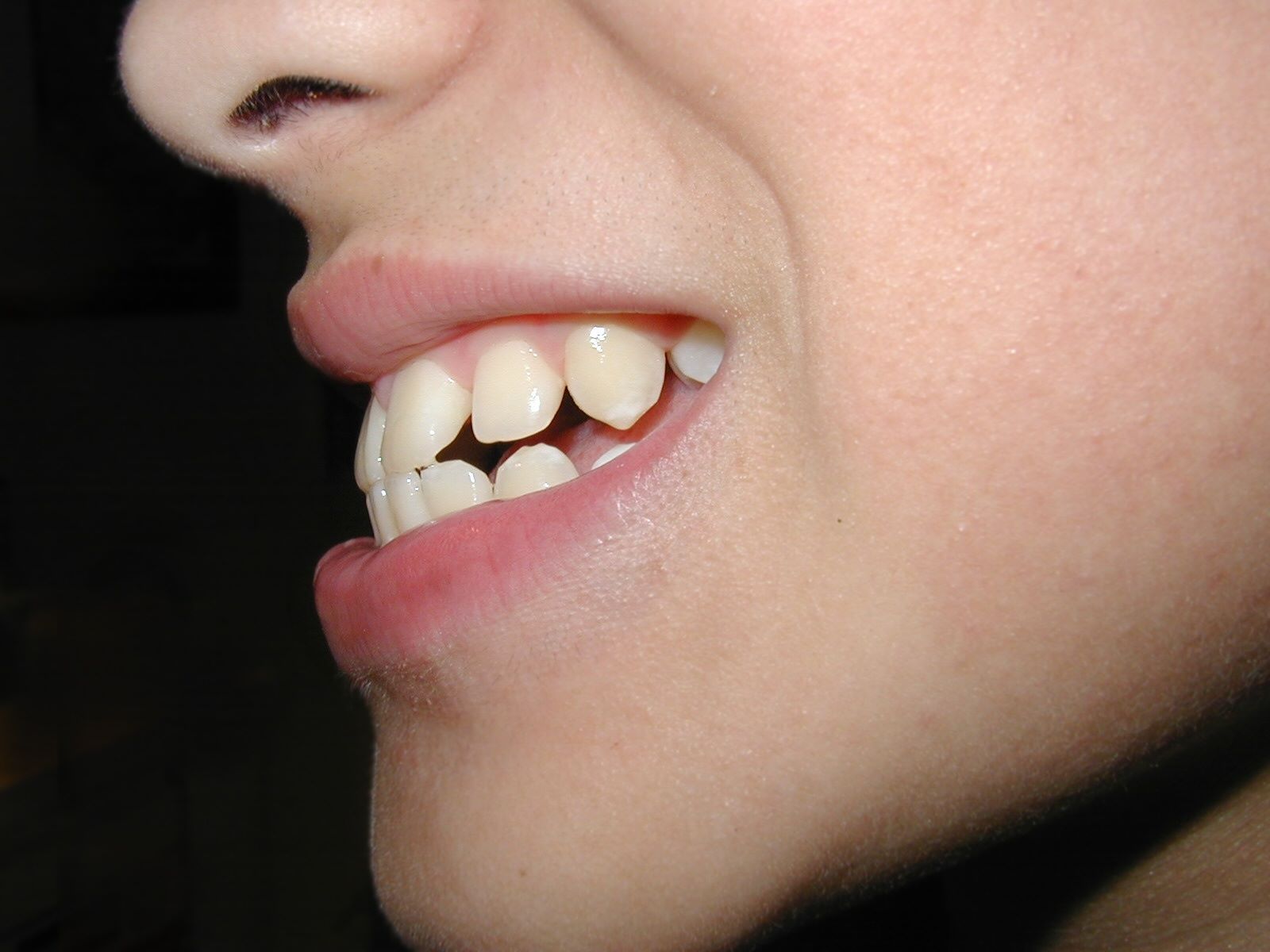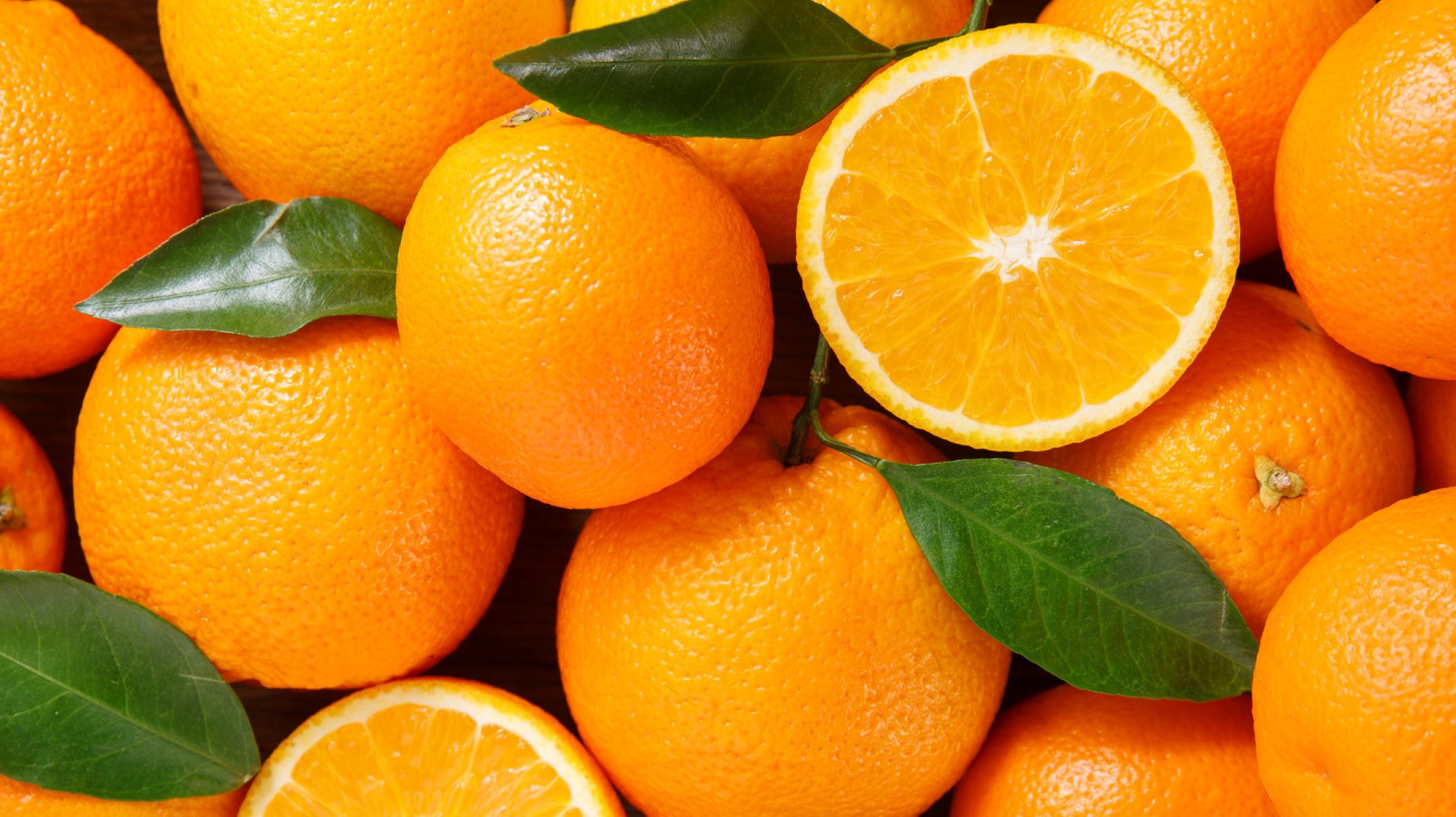Home>Science>Unraveling The Mystery Behind Hair Cowlicks: The Science You Never Knew


Science
Unraveling The Mystery Behind Hair Cowlicks: The Science You Never Knew
Published: January 27, 2024
Discover the scientific explanation behind hair cowlicks and unravel the mystery with fascinating insights into the science of hair patterns. Explore the hidden science behind cowlicks and gain a new understanding of your hair's unique characteristics.
(Many of the links in this article redirect to a specific reviewed product. Your purchase of these products through affiliate links helps to generate commission for Regretless.com, at no extra cost. Learn more)
Table of Contents
Introduction
Have you ever found yourself struggling to tame a stubborn tuft of hair that always seems to defy your styling efforts? If so, you may be familiar with the enigmatic phenomenon known as a cowlick. These seemingly untamable patches of hair have puzzled and frustrated individuals for generations. However, behind their unruly appearance lies a fascinating blend of genetics, hair follicle structure, and developmental factors.
In this article, we will delve into the captivating world of cowlicks, exploring the science behind their formation and shedding light on the genetic and biological factors that contribute to their unique characteristics. By unraveling the mystery of cowlicks, we aim to provide a deeper understanding of this common hair pattern and offer insights into how to work with, rather than against, this natural quirk of our hair.
Join us on this intriguing journey as we uncover the secrets of cowlicks, gaining a newfound appreciation for the complexity of our hair and the remarkable processes that shape our unique physical traits. Let's embark on this scientific exploration to discover the hidden intricacies of cowlicks and gain valuable insights into the nature of our hair's behavior.
What Are Cowlicks?
Cowlicks are those stubborn, unruly patches of hair that seem to have a mind of their own. They often appear as whirls or spirals, creating a distinct pattern that stands out from the rest of the hair. These unique sections of hair can be found on various areas of the scalp, including the crown, front hairline, or the nape of the neck.
The term "cowlick" is believed to have originated from the way cows' hair grows in a distinctive pattern at the crown of their heads. This resemblance to the unpredictable nature of cowlicks in humans has given rise to the term we use today.
From a visual standpoint, cowlicks can significantly alter the appearance of one's hairstyle. They can create challenges when trying to achieve a smooth, uniform look, especially when the surrounding hair is styled in a different direction. This often leads to frustration and a desire to "tame" the cowlick, although their unique appearance can also add character and individuality to a person's overall hairstyle.
Despite their perplexing nature, cowlicks are a natural occurrence and are not indicative of any underlying health issues. They are simply a result of the intricate interplay between genetic factors, hair follicle structure, and developmental processes within the scalp.
Understanding the distinct characteristics of cowlicks is essential for effectively managing and styling one's hair. By gaining insight into the underlying mechanisms that give rise to cowlicks, individuals can learn to embrace and work with these unique patterns, celebrating the diversity and complexity of their hair.
Now that we have a foundational understanding of what cowlicks are, let's delve deeper into the genetic underpinnings of these intriguing hair patterns.
The Genetics of Cowlicks
The formation of cowlicks is intricately linked to the genetic blueprint that defines an individual's hair characteristics. These unique patterns are influenced by a combination of genetic factors inherited from one's parents, which contribute to the distinct arrangement and growth patterns of hair follicles.
At the core of the genetic influence on cowlicks is the concept of hair whorls, which are circular or spiral patterns formed by the hair follicles on the scalp. These whorls are determined by genetic instructions that dictate the orientation and positioning of the follicles as the hair develops. The presence and arrangement of these whorls play a pivotal role in the formation of cowlicks, giving rise to the characteristic swirls and patterns that are observed in individuals with this trait.
Studies have revealed that the presence and location of cowlicks are heritable, meaning that they can be passed down from parents to their offspring. This hereditary aspect underscores the role of genetic variations in determining the likelihood of an individual developing cowlicks. While the precise genetic mechanisms governing cowlick formation are complex and multifaceted, it is evident that specific genetic markers and regulatory pathways contribute to the manifestation of these distinct hair patterns.
Furthermore, the genetic influence on cowlicks extends beyond the mere presence of these patterns, encompassing the overall texture, thickness, and growth behavior of the hair in the affected areas. Variations in genes associated with hair follicle development and structure can give rise to differences in the way hair grows, leading to the formation of prominent cowlicks in certain individuals.
It is important to note that while genetics play a significant role in shaping the characteristics of cowlicks, environmental factors and developmental processes also contribute to the overall appearance and behavior of these unique hair patterns. The interplay between genetic predisposition and external influences underscores the complexity of cowlick formation, highlighting the intricate web of factors that converge to create this distinctive feature.
By unraveling the genetic underpinnings of cowlicks, we gain valuable insights into the hereditary nature of these intriguing hair patterns, paving the way for a deeper understanding of their origins and characteristics. This knowledge empowers individuals to appreciate the genetic diversity that shapes their hair and fosters a sense of acceptance and appreciation for the natural quirks that make each person's hair unique.
The Role of Hair Follicles
The intricate and fascinating world of cowlicks is intimately tied to the structure and behavior of hair follicles. These tiny, dynamic structures play a pivotal role in shaping the distinct patterns and growth characteristics that define cowlicks, offering a window into the underlying mechanisms that govern the behavior of our hair.
Hair follicles are specialized structures embedded within the scalp that give rise to the growth and regeneration of hair. Each follicle consists of multiple layers and cell types, working in harmony to produce the hair shaft that emerges from the skin's surface. The unique arrangement and orientation of these follicles contribute to the formation of cowlicks, influencing the direction and pattern of hair growth in specific areas of the scalp.
One of the key factors that contribute to the formation of cowlicks is the angle and positioning of the hair follicles within a given area. Variations in the orientation of follicles can lead to deviations in the trajectory of hair growth, resulting in the characteristic whirls and spirals that define cowlick patterns. Additionally, the density and distribution of follicles in a particular region can influence the overall appearance and behavior of the hair, further shaping the distinct features of cowlicks.
Furthermore, the dynamic nature of hair follicles contributes to the resilience and persistence of cowlicks. Unlike other areas of the scalp, where the follicles may exhibit a more uniform growth pattern, the follicles within cowlick regions often display unique characteristics that give rise to the distinct patterns observed in these areas. This inherent variability in follicle behavior underscores the complexity of cowlick formation, highlighting the intricate interplay between genetic, developmental, and environmental factors that shape our hair's unique traits.
Understanding the central role of hair follicles in the development of cowlicks provides valuable insights into the underlying processes that govern these distinctive patterns. By unraveling the intricate relationship between follicle structure and cowlick formation, we gain a deeper appreciation for the complexity of our hair's behavior and the remarkable biological mechanisms that shape our individual traits.
In essence, the role of hair follicles in cowlick formation offers a compelling glimpse into the intricate world of hair biology, shedding light on the dynamic interplay between genetics, follicle structure, and developmental processes that give rise to the captivating patterns observed in cowlicks. This deeper understanding paves the way for a more nuanced approach to managing and embracing the unique characteristics of cowlicks, fostering a greater appreciation for the natural diversity and complexity of our hair.
Factors Contributing to Cowlick Formation
The formation of cowlicks is influenced by a myriad of factors that converge to create the distinctive patterns and behaviors observed in these unique areas of the scalp. Understanding the multifaceted nature of cowlick formation provides valuable insights into the complex interplay of genetic, developmental, and environmental influences that shape our hair's characteristics.
1. Genetic Predisposition
Genetic predisposition plays a central role in determining the likelihood of an individual developing cowlicks. Specific genetic markers and regulatory pathways contribute to the manifestation of these distinct hair patterns, underscoring the hereditary nature of cowlick formation. Variations in genes associated with hair follicle development and structure can give rise to differences in the way hair grows, leading to the formation of prominent cowlicks in certain individuals.
2. Hair Follicle Orientation
The angle and positioning of hair follicles within a given area of the scalp significantly influence the formation of cowlicks. Variations in the orientation of follicles can lead to deviations in the trajectory of hair growth, resulting in the characteristic whirls and spirals that define cowlick patterns. Additionally, the density and distribution of follicles in a particular region can further shape the distinct features of cowlicks.
3. Developmental Processes
The intricate developmental processes that govern the growth and maturation of hair follicles contribute to the formation of cowlicks. During embryonic development, the positioning and alignment of hair follicles are established, laying the foundation for the unique patterns that emerge on the scalp. The dynamic interplay of cellular signaling, tissue morphogenesis, and genetic regulation during development influences the arrangement and behavior of hair follicles, ultimately contributing to the formation of cowlicks.
4. Environmental Influences
While genetic factors play a significant role in shaping cowlick patterns, environmental influences also contribute to the overall appearance and behavior of these unique hair formations. External factors such as hair styling practices, exposure to environmental stressors, and hormonal fluctuations can impact the expression and management of cowlicks, adding another layer of complexity to the interplay of factors that contribute to their formation.
5. Hair Care Practices
The way individuals care for and style their hair can influence the visibility and manageability of cowlicks. Different hair care routines, styling techniques, and products can impact the appearance and behavior of cowlicks, providing individuals with a degree of control over how they choose to embrace and work with these natural hair patterns.
By considering the diverse array of factors that contribute to cowlick formation, individuals can gain a deeper appreciation for the intricate web of influences that shape their hair's unique traits. This holistic understanding empowers individuals to embrace and celebrate the natural diversity of their hair, fostering a sense of acceptance and appreciation for the captivating patterns that make each person's hair truly one-of-a-kind.
Can You Tame a Cowlick?
Taming a cowlick can be a challenging yet achievable endeavor, requiring a combination of strategic styling techniques, hair care practices, and a nuanced understanding of the unique characteristics of cowlicks. While cowlicks may initially appear resistant to conventional styling methods, there are several approaches that individuals can explore to effectively manage and integrate these distinctive hair patterns into their desired hairstyles.
Understanding Hair Behavior
Before embarking on the quest to tame a cowlick, it is essential to gain a comprehensive understanding of the specific traits and behaviors exhibited by the affected hair. Cowlicks often display a natural inclination to grow in a particular direction or pattern, defying attempts to coerce them into alternative styles. By acknowledging and embracing the inherent characteristics of cowlicks, individuals can approach their styling endeavors with a sense of adaptability and creativity, working with the natural flow of the hair rather than against it.
Strategic Haircut Techniques
One effective strategy for taming a cowlick involves leveraging strategic haircut techniques to complement and manage the unique growth patterns of the hair. Skilled hairstylists can employ precision cutting methods to strategically blend and shape the hair around the cowlick, creating a harmonious transition between the affected area and the surrounding hair. By implementing tailored haircut approaches, individuals can achieve a more balanced and cohesive look, effectively integrating the cowlick into their overall hairstyle.
Targeted Styling Practices
Incorporating targeted styling practices can also play a pivotal role in taming a cowlick. By utilizing specific hairstyling products and techniques, individuals can exert a degree of influence over the direction and behavior of the cowlick, effectively guiding the hair into their desired style. Experimenting with different styling methods, such as blow-drying with a round brush or using specialized styling products, can provide individuals with the tools to manage and shape their cowlick in a manner that aligns with their preferred aesthetic.
Embracing Natural Texture
Embracing the natural texture and characteristics of the cowlick can empower individuals to work with, rather than against, this unique feature. By embracing the distinct patterns and behaviors exhibited by the cowlick, individuals can explore hairstyles that complement and accentuate its natural appearance, allowing it to become a defining element of their overall look. Embracing the natural texture of the cowlick can lead to a sense of authenticity and individuality, fostering a greater appreciation for the diverse traits that make each person's hair truly unique.
Personalized Hair Care Regimen
Implementing a personalized hair care regimen tailored to the specific needs of the cowlick can contribute to its manageability and overall appearance. Utilizing nourishing hair care products and techniques designed to enhance the health and texture of the hair can help individuals maintain the resilience and flexibility of the cowlick, making it more amenable to styling and shaping. By prioritizing the care and maintenance of the cowlick, individuals can cultivate a positive and supportive environment for their unique hair patterns, fostering a sense of confidence and self-expression.
In essence, while taming a cowlick may present its challenges, individuals can leverage a combination of strategic styling approaches, hair care practices, and a mindset of acceptance and creativity to effectively manage and integrate this distinctive feature into their desired hairstyles. By embracing the natural characteristics of cowlicks and adopting tailored styling and care techniques, individuals can celebrate the diversity and individuality of their hair, transforming what was once perceived as a styling obstacle into a captivating and defining element of their personal aesthetic.
Conclusion
In conclusion, the enigmatic world of cowlicks unveils a captivating tapestry of genetic predisposition, hair follicle dynamics, and developmental intricacies that collectively shape the unique patterns and behaviors observed in these distinctive areas of the scalp. Through our exploration of the science behind cowlicks, we have gained valuable insights into the multifaceted factors that contribute to their formation, shedding light on the complex interplay of genetic, environmental, and developmental influences that define their characteristics.
The genetic underpinnings of cowlicks highlight the hereditary nature of these unique hair patterns, emphasizing the role of specific genetic markers and regulatory pathways in shaping the orientation, texture, and growth behavior of the hair. This deeper understanding of the genetic determinants of cowlick formation provides individuals with a newfound appreciation for the diversity and complexity of their hair, fostering a sense of acceptance and celebration of their natural traits.
Furthermore, the central role of hair follicles in cowlick formation offers a compelling glimpse into the intricate world of hair biology, underscoring the dynamic interplay between follicle structure, genetic predisposition, and developmental processes. By unraveling the intricate relationship between follicle orientation and cowlick patterns, individuals can gain a deeper appreciation for the remarkable biological mechanisms that shape their hair's unique traits, fostering a greater understanding of their natural hair patterns.
Our exploration of the factors contributing to cowlick formation has underscored the multifaceted nature of this phenomenon, encompassing genetic predisposition, hair follicle dynamics, developmental processes, environmental influences, and personalized hair care practices. By considering this diverse array of factors, individuals can cultivate a deeper appreciation for the natural diversity of their hair, fostering a sense of acceptance and celebration of the captivating patterns that make each person's hair truly one-of-a-kind.
Ultimately, the journey to understand and manage cowlicks transcends mere hairstyling challenges, offering a profound opportunity for individuals to embrace the natural diversity and complexity of their hair. By leveraging a nuanced understanding of the genetic, biological, and environmental factors that shape cowlicks, individuals can embark on a transformative journey of self-expression, celebrating the unique traits that make their hair a reflection of their individuality and embracing the beauty of their natural hair patterns.












